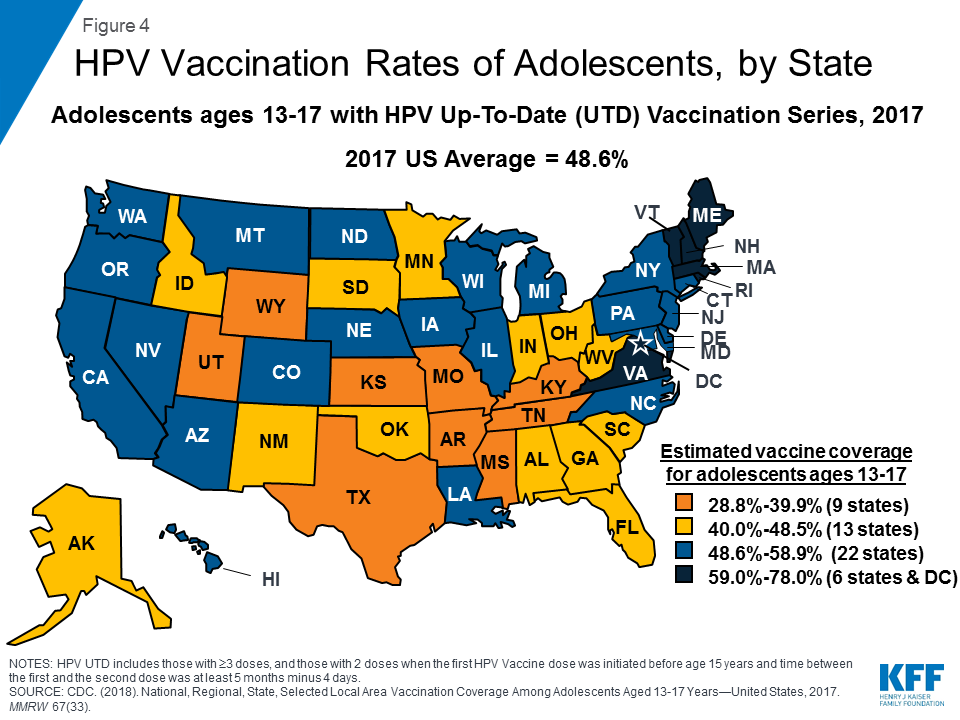Ky. vax rates for HPV, which causes cancer, rose last year but still lag rest of nation; ‘Parents feel their children will always be angels’

“Human papillomavirus is the most common sexually transmitted disease in the nation . . . but Kentucky children remain among the least vaccinated in the U.S.,” Caroline Eggers reports for the Bowling Green Daily News.
The national first-dose rate in 2018 was 66 percent, “and about half of all adolescents were up to date with the vaccine in 2017,” Eggers reports. “Kentucky’s HPV vaccination rate is estimated at 39 percent or less, and rural areas reported less vaccination coverage . . . The percentage of children who received two or more doses dropped significantly,” but a spokeswoman for the Kentucky Cabinet for Health and Family Services told Eggers that could be due to under-reporting.
Second, ‘There is a real problem with people who are anti-vaccine,’ Shadowen said. ‘They’re that way, unfortunately, with outdated information. Vaccines are not linked to autism; that is very well proven.’
“Third, children cannot give consent to protect themselves from the virus.” Shadowen said many parents don’t understand the risk of sexually transmitted diseases: “Parents feel their children will always be angels.”
Fred Wyand, communications director at the American Sexual Health Association, told Eggers that many parents don’t understand why their 12-year-old, who is unlikely to be sexually active, needs the vaccine. “The earlier the vaccine is given, the more robust the immune response,” Wyand said, adding that if children get vaccinated by age 12, the series can be completed in two doses instead of three.
HPV “causes cancers in the cervix, vagina, vulva, penis, anus, rectum and the oropharynx – the back of the tongue and throat,” Eggers notes. “More than 90 percent of both cervix and anus cancers and 70 percent of pharynx cancers are attributed to HPV. About 63 percent of penis cancers and 75 percent of vagina cancers are probably caused by HPV. . . . Among the cancers caused by HPV, more than 90 percent could be prevented with the vaccine.”